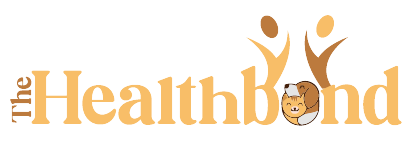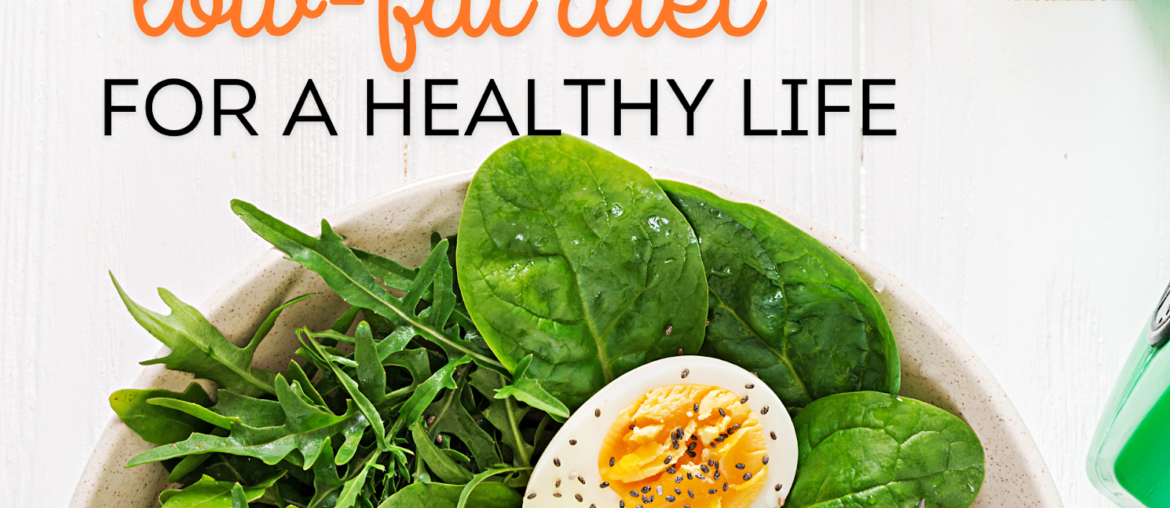Low-fat foods have 30% of their calories fewer than 3 grams of fat per 100 calories. It means that your food has no more than 30% of fat. It is a low-fat food.
The low-fat diet consists of:
Common examples of a low-fat diet are fruits, whole-grain cereals, vegetables, chicken, egg whites, beans, lentils, peas, seafood, and low-fat dairy.
Can a Low-fat diet reduce weight:
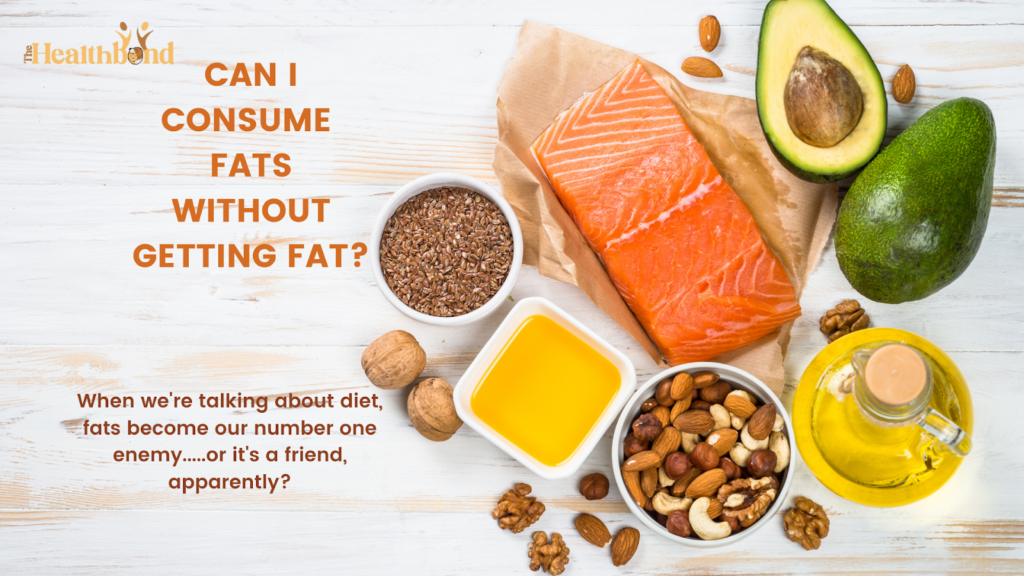
If you are going to lose weight then only a low-fat diet is not helpful. You must also watch how many calories you eat. Remember your body stores extra calories as fat, even if they come from fat-free, trans-fat-free, and low-fat foods. If you replace high-fat foods with high-calorie foods, like sweets you will likely gain weight rather than lose weight. To lose weight you need to burn more calories than you eat, Exercising and eating less fat and low calories.
Low-fat diets were popular in the past for heart health, but we’ve learned more about them over time. Not all fats are created equal. There are healthy fats, like what we find in avocados and olive oil, and unhealthy fats saturated and trans fats which we should limit
Kelly Plowe, MS, RD.
Key point: reducing too much or overeating of any fat is harmful to your body. Some important vitamins including vitamins A, D, E, and K are fat soluble your body can’t use them unless you are consuming dietary fat. Cutting out too much fat means your body won’t be able to absorb these nutrients. fat is an important part of a healthy diet. Choose foods with “good” unsaturated fats, limit foods high in saturated fats, and avoid “bad” trans fats.
Can a low-fat diet reduce cholesterol:
The answer is yes, eating a diet low in saturated and trans fats can reduce the levels of low-density lipoprotein cholesterol also known as “bad” cholesterol in the body. Having high LDL levels can cause a narrowing of the arteries. This narrowing can obstruct blood flow, which can lead to cardiovascular events, such as heart attack and stroke.
LDL (“bad” fat) and HDL (“good” fat):
Here is an easy way to recognize good fat and bad fat for your body. Here how do you make smart choices?
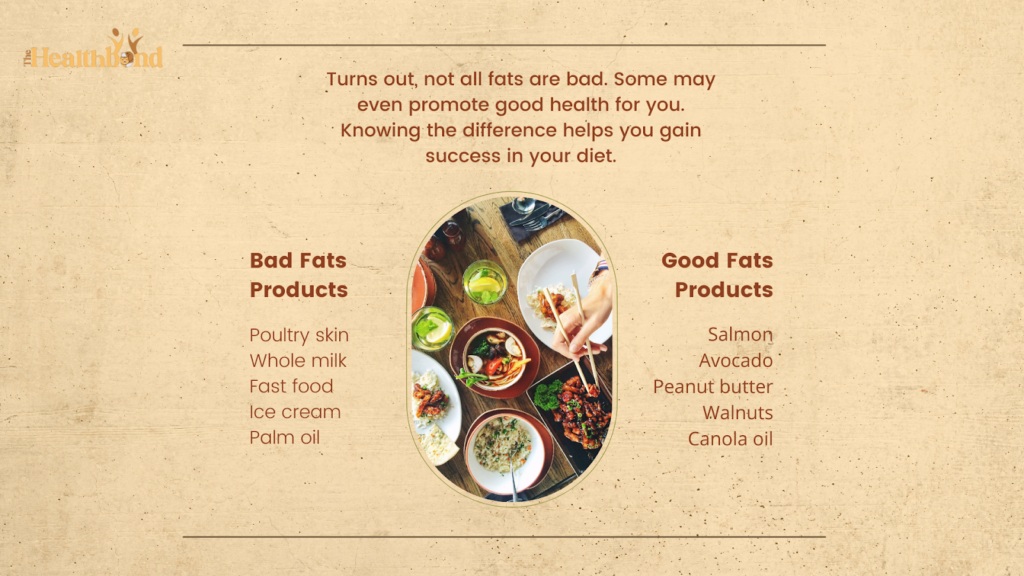
Low density lipo-protein( LDL):
- Contains saturated, hydrogenated, and trans fats.
- Strictly limit intake
- Solid at room temperature
Animal fats( saturated fats): meat, cheese, cream, butter, lard, chicken skin
Tropical oils: coconut oils and palm oils
Hydrogenated oils( trans fats): stick margarine, shortenings, processed food, fast- food.
High density lipoprotein( HDL):
- Contains mono and polyunsaturated fats
- Use in moderation
- Liquid at room temperature
Plant oils: olive, sunflower, canola, soy, and peanut oils.
Nuts and avocados: almonds, peanuts, cashews, pistachios, and pecans.
Omega 3 fats: salmon, mackerel, herring, flaxseeds, walnuts, soybeans, and canola oils.
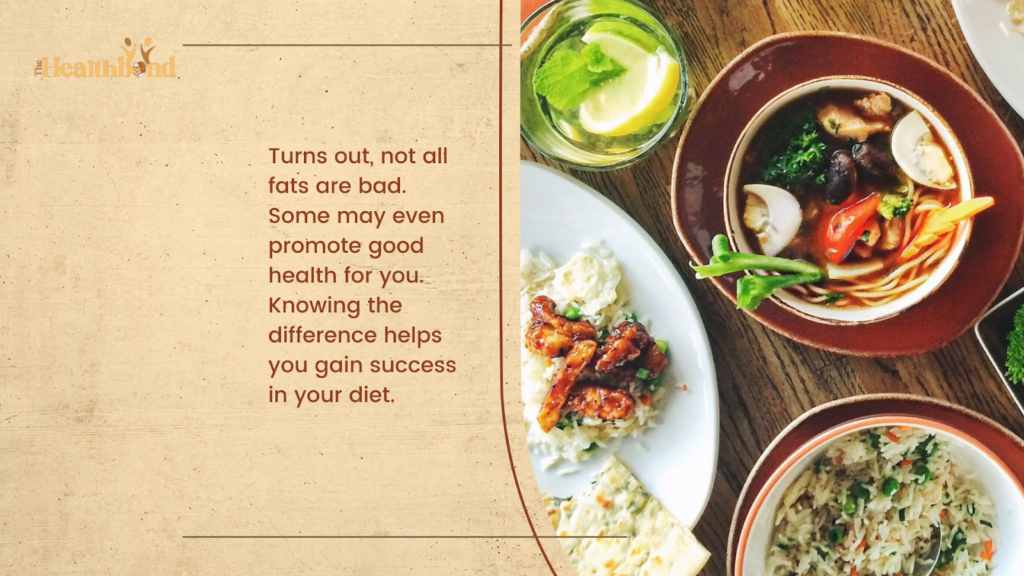
A low-fat diet is a very vast topic. we will cover more aspects in the coming sessions. How helpful for you? Tell me in the comments section.
